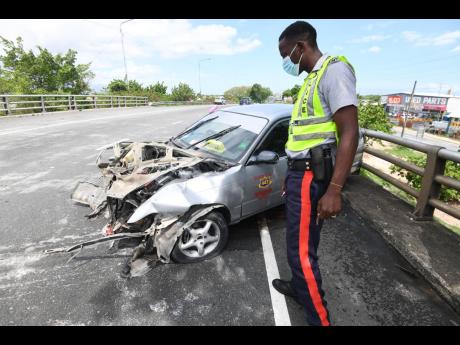Defensive night-driving tips
Driving at nights requires defensive driving skills, too. “A driver should make it a habit to switch on his low beams whenever he is approaching or overtaking traffic,” advises Dr A Burton. “The glare of high-beam headlights in a driver’s eyes or in his rear-view mirror can radically reduce his vision.” According to Burton, for the sake of self-preservation, be sure to lower your lights for approaching traffic. In fact, the driver you blind may wander into your lane and hit you head-on.
“In order to make it safely through the night, motorists are advised to be aware of some vital pointers,” says Kurt Harding, auto mechanic. Note the following night-driving tips:
1. At nights, make use of all clues around you, such as road signs, white lines, and cat’s eyes.
2. Keep headlights clean. A dirty headlight cuts down on how much you can see.
3. Keep your windows and wiper blades clean, as well.
4. Make regular checks to ensure that all lights on the motor vehicle work. Always travel with spare bulbs/fuses. Driving with lights that do not work is illegal.
5. Remember that if you cannot stop well within the range of your light, you are going too fast.
6. If you have been driving on wet or muddy roads, it is best to stop at a safe place and clean all your lights.
7. Drive within the speed limit. Slow down at times; you cannot stop as quickly on wet or poor road surfaces.
8. If you are dazzled, look along the left-hand side of the road.
9. Drive with the headlights on at dusk, night, or dawn.
10. Maintain at least one car length from the motor vehicle in front of you. Ensure that the rear wheels of the vehicle in front can be seen while driving.
11. Drivers should refrain from wearing sunglasses at nights while driving.
12. Ensure that the windshield is as clean as a whistle. Also, all mirrors left, right, and centre must be clean.
13. While driving at nights, try not to look into the headlights of oncoming vehicles.
14. Dim your headlights to low beam when approaching or following another vehicle.
15. Fog can blanket an area at the most unexpected moments. It may engulf a driver for a matter of seconds on an otherwise clear night as he passes a low spot in the road. Fog alone will not seriously reduce tyre adhesion, but it will cut visibility. If you encounter fog, pare your speed and turn on your low beams, day or night.
16. Night driving requires motorists to be even more cautious as we move from point A to point B. Always be AWARE, ALERT, AWAKE, and CONSCIOUS as you read the road ahead from all angles.

